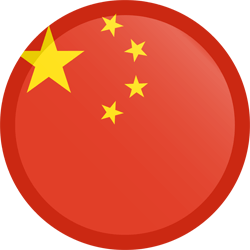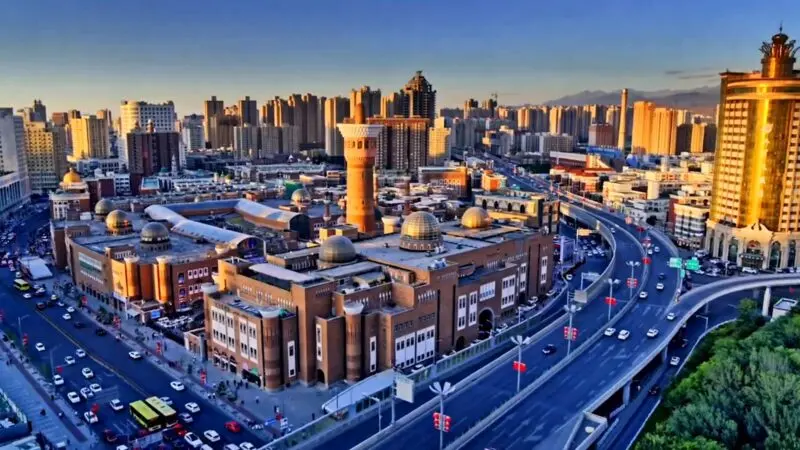The Xinjiang Uyghur Autonomous Region (XUAR) in western China became known to the world through reports about the so-called “re-education camps,” in which the authorities held hundreds of thousands of local residents. Uyghurs, Kazakhs and representatives of other Turkic and Muslim ethnic groups were tried for any connections with Islam. The Chinese authorities have portrayed the region as a source of instability and danger, citing separatist and terrorist threats, which enabled them to justify carrying out large-scale repressive measures against the local peoples. Since the end of 2016, the situation in the region has remained critical.
According to the 2018 Human Rights Watch report, even though there had been repressions of Muslims of Turkic origin in XUAR before, a sharp escalation began at the end of 2016. Then, the former secretary of the Communist Party in Tibet, Chen Quanguo, was transferred to Xinjiang. After his relocation, Quanguo introduced a policy of forced assimilation, in the process of which locals were detained under the pretext of fighting the “three forces of evil”: terrorism, extremism and separatism.
Having studied data from the XUAR prosecutor’s office, HRW found out that between 2017 and 2021, almost 10 percent of the population — 540,826 people — were prosecuted in the region. Most of them are still in prison. However, in 2019, many of the extrajudicial detention camps were gradually abolished. In the last couple of years, the region has seen “liberalization” with external controls weakening and the Chinese authorities actively organizing demonstrative visits, primarily for diplomats and journalists from Muslim countries.
Global Voices spoke with Ivan Petrov (name changed for security reasons), a cultural expert from Belarus living in Southeast Asia, to discuss with him the different approaches Chinese authorities have employed to pacify the region in the last eight years. Petrov visited XUAR twice, in 2019 and 2023. The interview has been edited for brevity and clarity.


